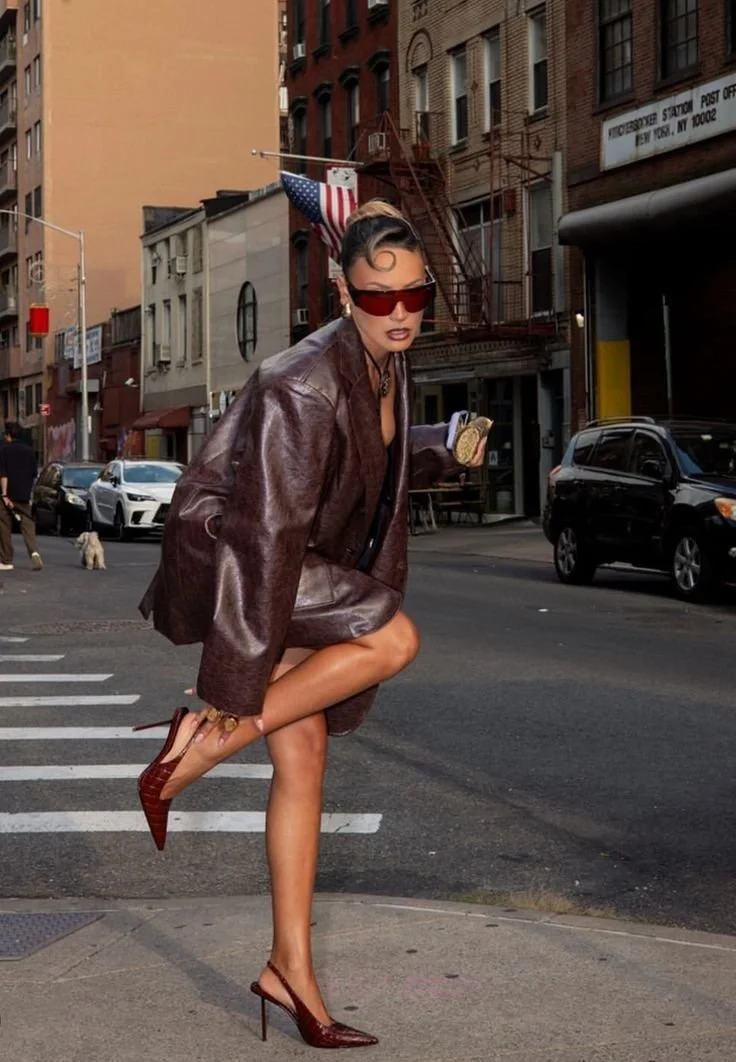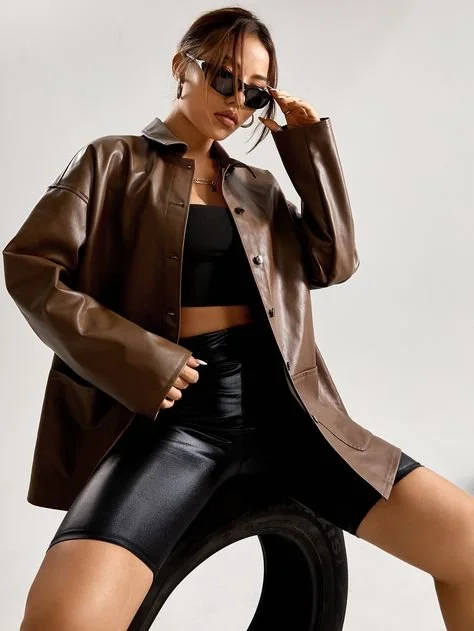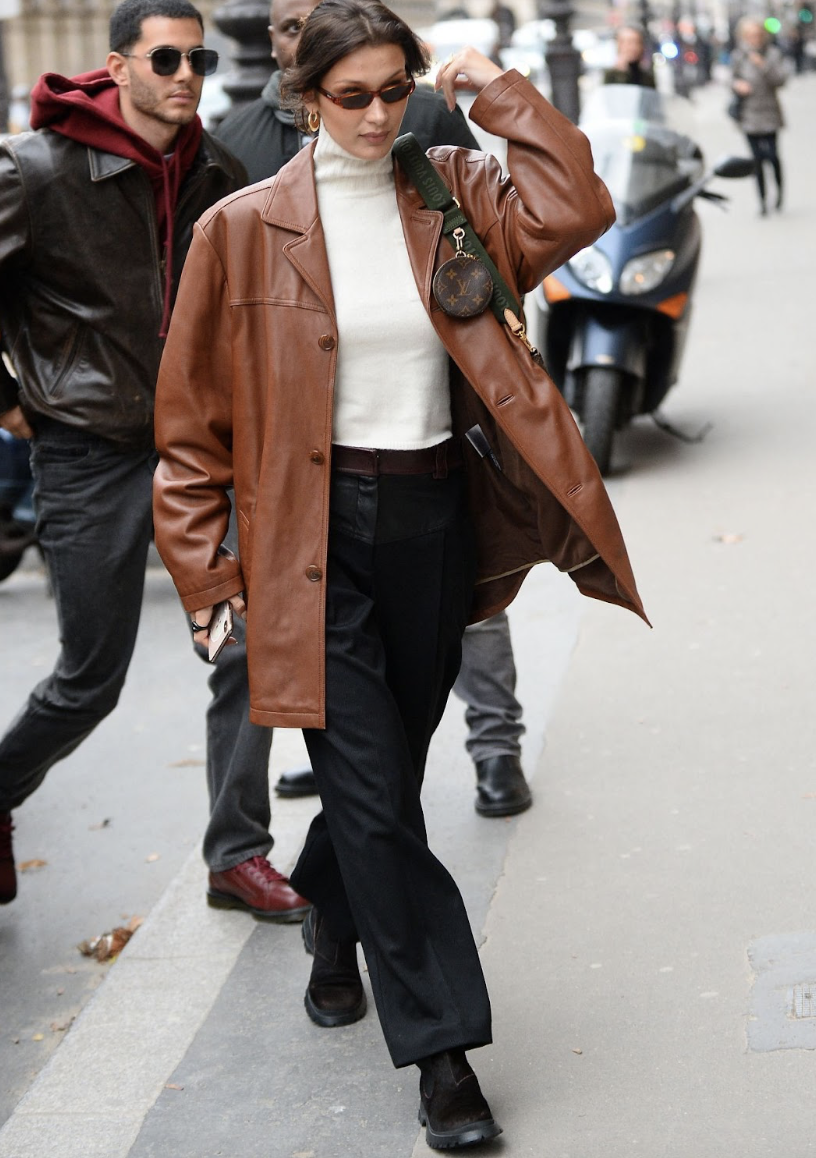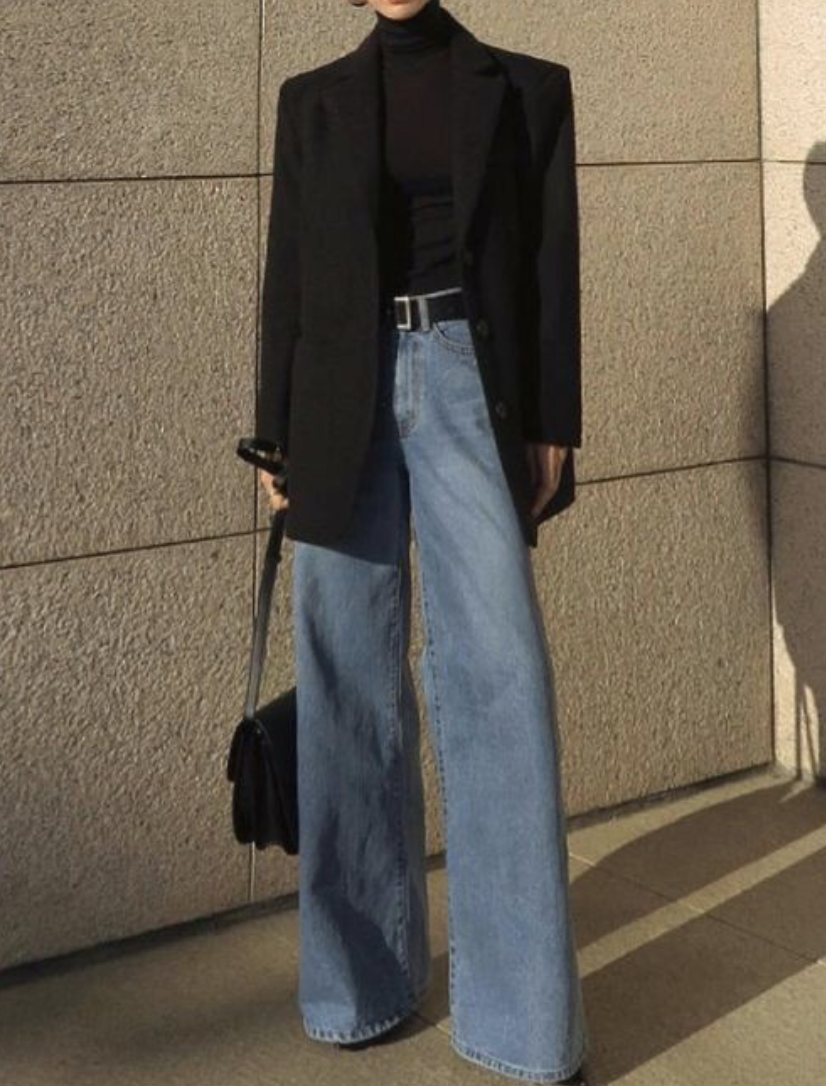Leather and Pleather, Don't Get It Twisted
Recently, I’ve seen “vegan” leather goods popping up all over, becoming so trendy that even Doc Martens offers a vegan alternative to some of their most popular styles. While many see it as a positive alternative to leather that usually comes from cattle, I’m a bit more skeptical.
Most of the items for sale that are labeled as “vegan” leather, are really just pleather made with polyvinyl chloride (PVC). So, while it technically is vegan, it’s actually horrible for the environment. Real leather is a long-lasting material that breaks down in a landfill in 10-50 years, while the man-made version takes 500+ years to decompose.
It’s obvious why leather is a controversial material.
It’s sad to imagine the docile, doe-eyed cows that wore it first, but it’s incontestable that genuine leather is, environmentally, a much better alternative to pleather. Leather has been used for millennia––its origins date back to anytime from 8,000 to 3,000 BC. Tanning a hide is listed as one of humankind’s first manufacturing processes, used before the development of woven textiles. It became popular because of its flexibility, heat insulation, and resistance to abrasion, wind, and water. When probably cared for, real leather goods last for decades.
Faux leather, or pleather, was created at an American rubber factory in the 1920s.
It was meant to mimic the look and feel of leather at half the cost, as it’s a lot thinner than real leather, making it easier to work with but a lot less durable. It wasn’t widely used until it started being utilized in shoes in the 1960s and ‘70s. Pleather doesn’t age well––it cracks and flakes off. Real leather has pores, making it breathable to wear, while the fake kind can become uncomfortably warm.
While neither option is perfect, there are alternative options on the horizon.
There are already biodegradable items made from alternative leather sources, like kombucha SCOBY or piñatex (leather from recycled pineapple plants). Stella McCartney has been at the forefront of the ethical fashion movement for years, never once using leather, feathers, fur, or skin in their designs. The brand worked with a biotechnology company to create MyloTM, a material that looks and feels like leather, but is grown from mycelium, the underground root structure of mushrooms.
While Stella McCartney isn’t financially accessible to most consumers, they are paving the way for alternative leather products that are environmentally better than the real thing. We’re sure to see an increase in true “vegan” leather within the next few years.
When purchasing large investment pieces like a leather purse, pants, or jacket, it’s best to buy genuine leather, as it lasts longer and is more comfortable to wear. How to wear real leather:










